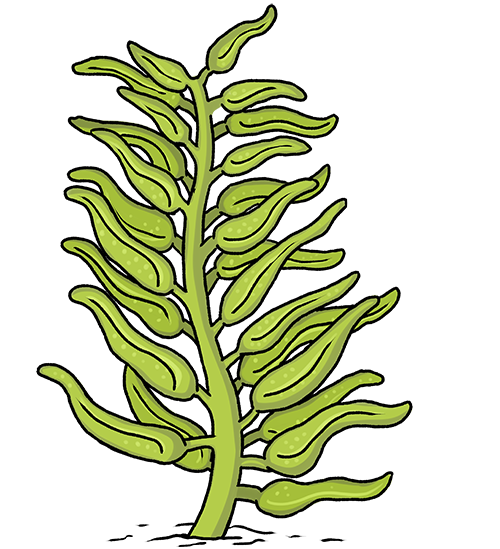
Historical context
Many people here in Aotearoa and globally have been negatively affected by the treatment that was thought to be best practice before the turn of the 21st century. This resulted in the development of VSC advocacy groups worldwide in the late 90’s and early 2000’s.
In post-colonial Aotearoa there had been a culture of silence, non-disclosure and stigma attached to an individual born or diagnosed with a VSC. In Aotearoa, ITANZ was established in 1996 with the purpose to advocate for change and offer support and education.
Medical institutions have reviewed and revised the treatment protocols and guidelines for people born with a VSC. In 2006 and again in 2016, a global consortium of experts made suggested changes, and called for better communication, cessation or delay of appearance based genital surgeries, psychological support and more research.
These guidelines and recommendations are constantly evolving.
Current context
There have been many positive changes in this current century, including full disclosure around diagnosis and better communication. More work is being done to provide vital access to support parents and children/tamariki.
The Human Rights Commission has hosted two intersex roundtables (2016, 2017) to bring together national experts across many sectors and those with lived experience to foster collaboration for change and consistency.
There continues to be robust debate and differing opinions on the way forward for some healthcare options facing some individuals born with a VSC. This variety of viewpoints is understandable when there is such diversity.
All people with VSC have some things in common. No matter the variation, all healthcare options are presented and discussed in depth both to parents and to children/tamariki in age-appropriate ways. This is one of the many motivators for the development of this guide: to contribute to the ongoing conversations between healthcare professionals, whānau and children/tamariki.
